Special Projects
Forum home - Go back to Special Projects
|
Vinten Radiotelephone type BTR10R info wanted!
|
|
|
Return to top of page · Post #: 1 · Written at 6:47:36 PM on 21 March 2016.
|
|
|
|
Location: Brisbane, QLD
Member since 21 March 2016 Member #: 1888 Postcount: 2 |
|
Hi All. 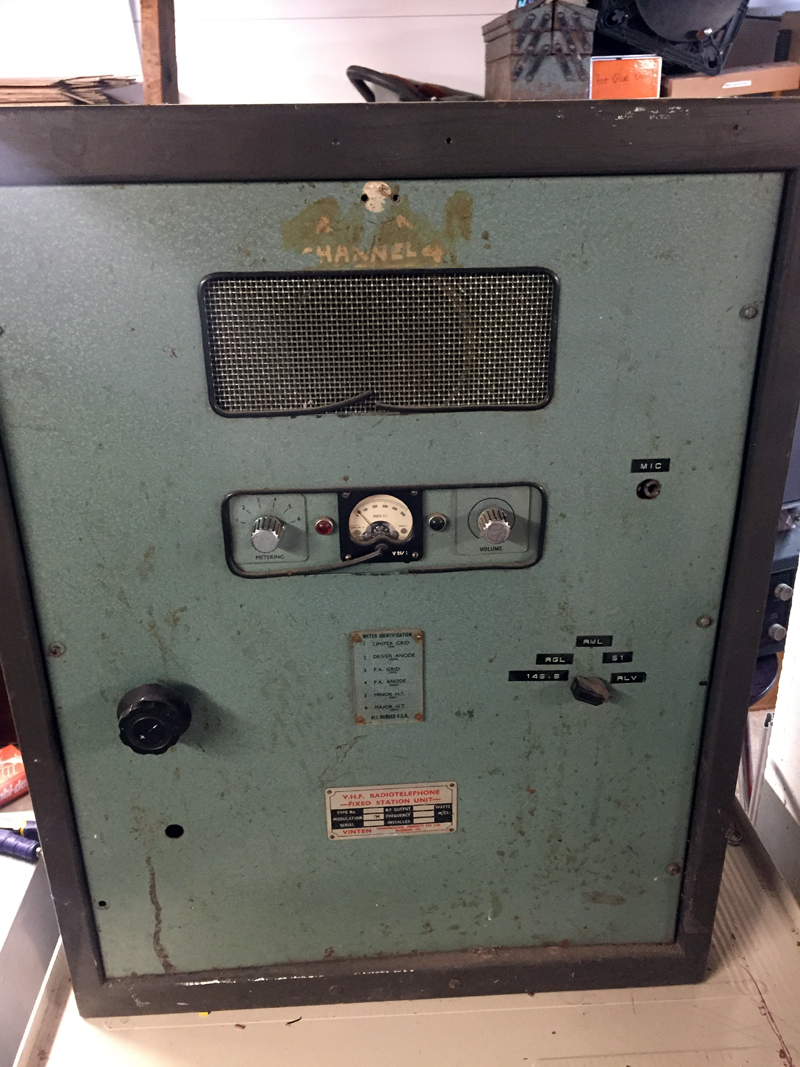 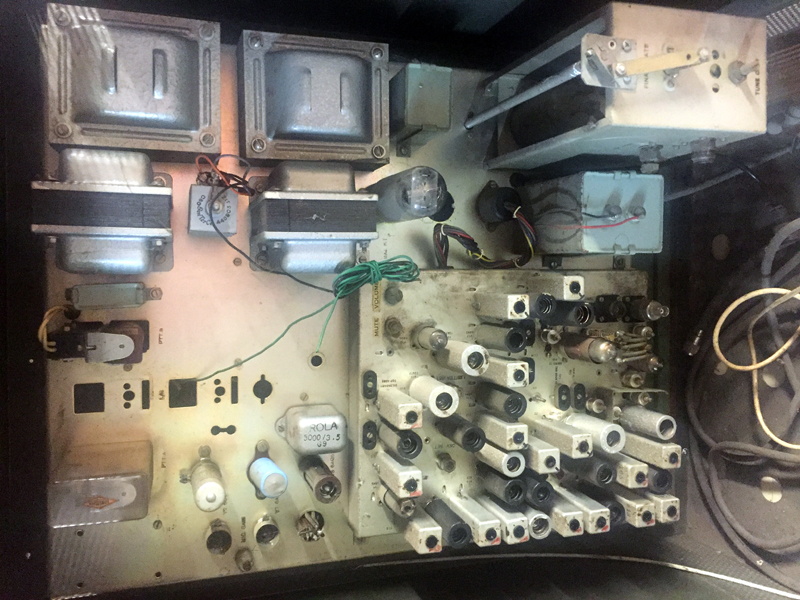 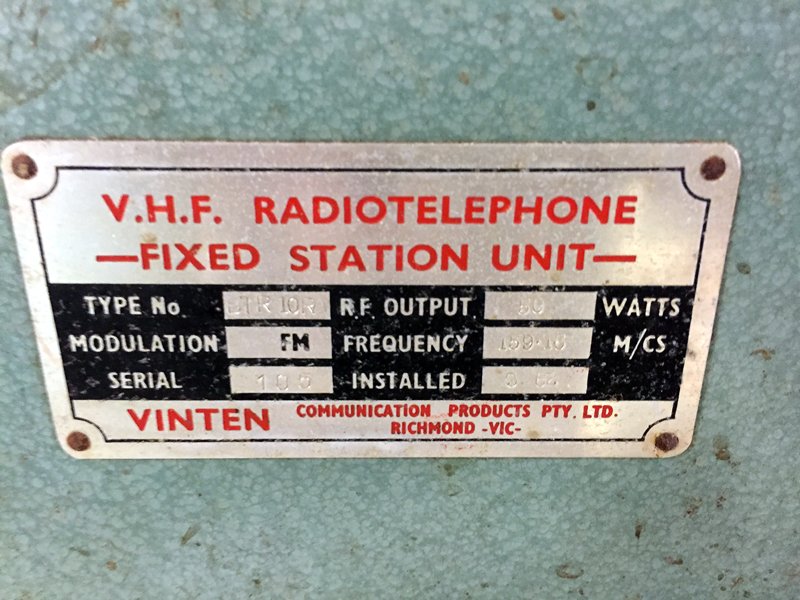 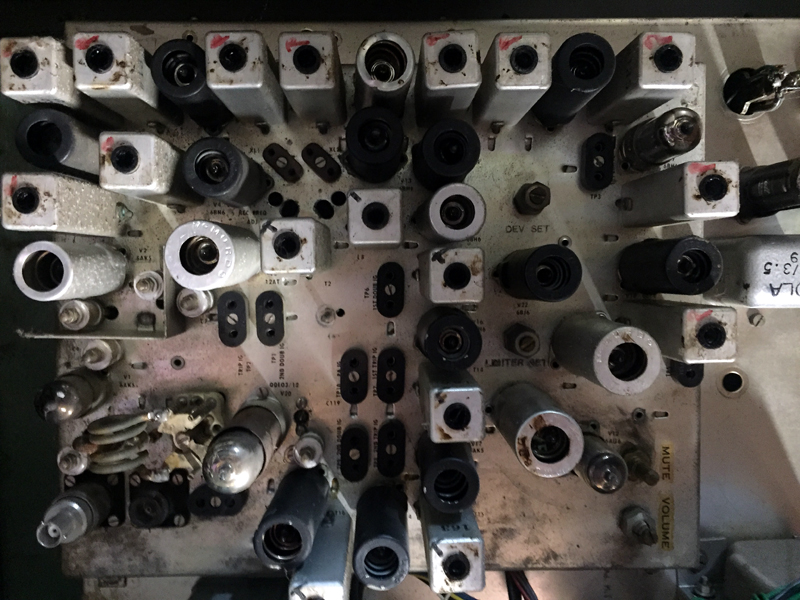 |
|
|
Return to top of page · Post #: 2 · Written at 7:18:37 PM on 21 March 2016.
|
|
|
|
Location: Sydney, NSW
Member since 28 January 2011 Member #: 823 Postcount: 6905 |
|
I don't know what 159.16 MHz was used for back in 1962, but today: |
|
|
Return to top of page · Post #: 3 · Written at 10:02:23 AM on 23 March 2016.
|
|
|
|
Location: Brisbane, QLD
Member since 21 March 2016 Member #: 1888 Postcount: 2 |
|
Thanks GTC interesting info. |
|
|
Return to top of page · Post #: 4 · Written at 10:06:22 AM on 23 March 2016.
|
|
|
|
Location: Sydney, NSW
Member since 28 January 2011 Member #: 823 Postcount: 6905 |
|
Suggest you contact the Wireless Institute (WIA). Their members are heavily into transmitter gear. |
|
|
Return to top of page · Post #: 5 · Written at 1:49:25 PM on 23 March 2016.
|
|
|
|
Location: Tamworth, NSW
Member since 6 April 2012 Member #: 1126 Postcount: 472 |
|
Its a base station. located on a hill, or other high point. Usually controlled by a fixed Telecom line. A handset would be located in an office that would directly control the base and from there talk to vehicles. |
|
|
Return to top of page · Post #: 6 · Written at 6:26:21 PM on 23 March 2016.
|
|
|
|
Location: Hill Top, NSW
Member since 18 September 2015 Member #: 1801 Postcount: 2232 |
|
Would have been impressive in its day. |
|
|
Return to top of page · Post #: 7 · Written at 7:58:28 PM on 23 March 2016.
|
|
|
|
Location: Sydney, NSW
Member since 28 January 2011 Member #: 823 Postcount: 6905 |
|
Somebody at the WIA might be interested. Worth asking them. |
|
|
Return to top of page · Post #: 8 · Written at 11:31:11 PM on 10 April 2016.
|
|
|
|
Location: Somewhere, USA
Member since 22 October 2013 Member #: 1437 Postcount: 896 |
|
If it works, it should still key up a VHF amateur repeater if you found the correct crystals. |
|
|
Return to top of page · Post #: 9 · Written at 10:43:38 AM on 16 April 2016.
|
|
|
|
Location: Geelong, VIC
Member since 16 April 2016 Member #: 1908 Postcount: 1 |
|
Stereophonic....I also have a extremely similar Vinten unit. I also have had no luck in finding any information or history about it. I've hopefully uploaded some pics of mine. Inside the unit is the elec/circuit schematics too, if this model has same internal layout I can upload these also. 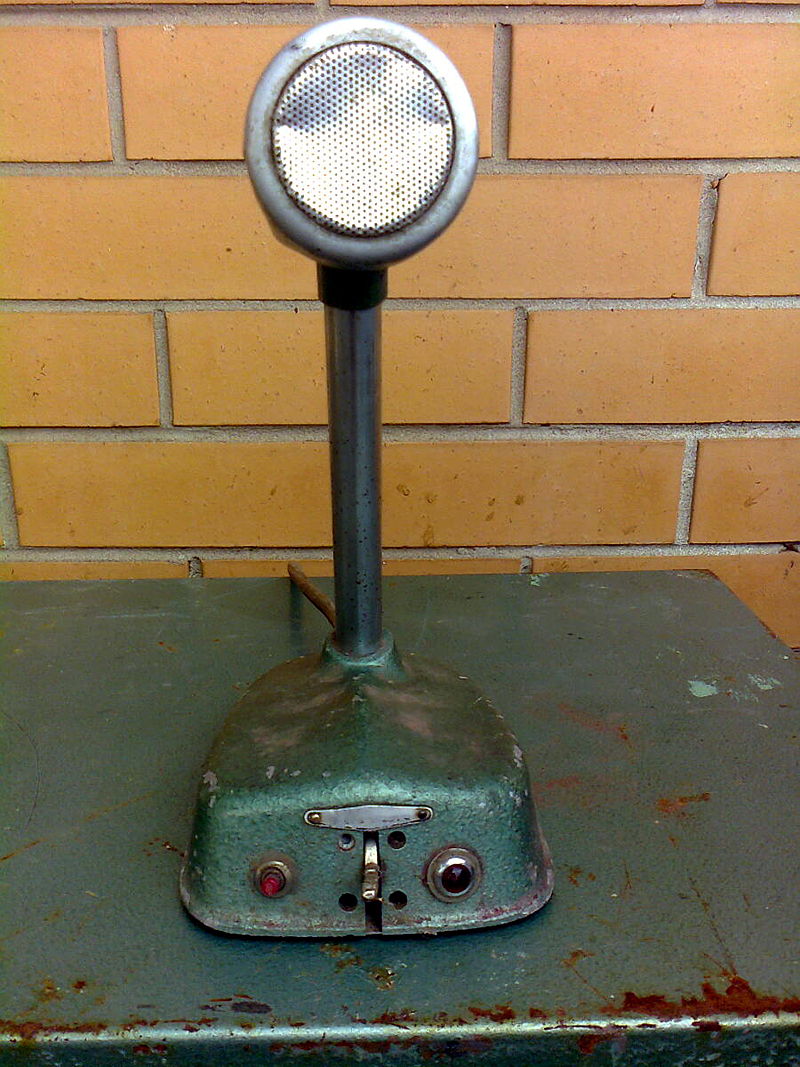 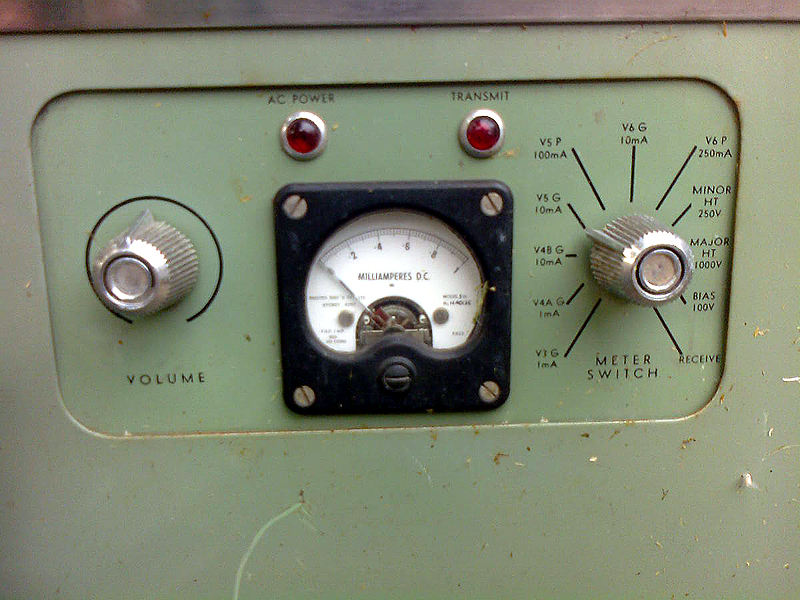 |
|
|
Return to top of page · Post #: 10 · Written at 9:57:59 PM on 25 April 2016.
|
|
|
|
Location: Tennant Creek, NT
Member since 23 April 2016 Member #: 1913 Postcount: 17 |
|
The sub chassis looks like a mobile rig: MTR-13 for VHF hi-band (148 to 174MHz), the "crystal sockets are test sockets where you "meter" the current by way of measuring the voltage drop across the resistor soldered under the "crystal" socket and tweaked oops aligned the grid and anode coils.. 50w base rigs like this one used a QQE03-6/40 tetrode with 2 anodes (double beam) inside the separate shielded box on the top right. |
|
|
Return to top of page · Post #: 11 · Written at 10:41:24 PM on 25 April 2016.
|
|
|
|
Location: Sydney, NSW
Member since 28 January 2011 Member #: 823 Postcount: 6905 |
|
By the way the nick-name for lucas is prince of darkness |
|
|
Return to top of page · Post #: 12 · Written at 11:17:42 PM on 25 April 2016.
|
|
|
|
Location: Tennant Creek, NT
Member since 23 April 2016 Member #: 1913 Postcount: 17 |
|
I meant to say " Meter the current for each stage" |
|
|
Return to top of page · Post #: 13 · Written at 5:32:59 PM on 8 July 2016.
|
|
|
|
Location: Belrose, NSW
Member since 31 December 2015 Member #: 1844 Postcount: 2667 |
|
Vinten was part of Rola, which became Plessey - Rola. It was all downhill from that point.... |
|
|
Return to top of page · Post #: 14 · Written at 12:43:53 PM on 13 July 2016.
|
|
|
|
Location: Canberra, ACT
Member since 23 August 2012 Member #: 1208 Postcount: 587 |
|
If I remember correctly, Vinten gear VHF gear was used by Silvertop Taxis in Melbourne when I was briefly a driver there (1973). It may also have been used by ABCTV mobile camera crews later in the 70s. |
|
|
Return to top of page · Post #: 15 · Written at 5:08:20 PM on 8 March 2017.
|
|

|
Location: Tanawha, QLD
Member since 22 December 2012 Member #: 1263 Postcount: 45 |
|
Wirelessvalve said the following:- |
|
|
You need to be a member to post comments on this forum.
|
|

Sign In

Vintage Radio and Television is proudly brought to you by an era where things were built with pride and made to last.
DISCLAIMER: Valve radios and televisions contain voltages that can deliver lethal shocks. You should not attempt to work on a valve radio or other electrical appliances unless you know exactly what you are doing and have gained some experience with electronics and working around high voltages. The owner, administrators and staff of Vintage Radio & Television will accept no liability for any damage, injury or loss of life that comes as a result of your use or mis-use of information on this website. Please read our Safety Warning before using this website.
WARNING: Under no circumstances should you ever apply power to a vintage radio, television or other electrical appliance you have acquired without first having it checked and serviced by an experienced person. Also, at no time should any appliance be connected to an electricity supply if the power cord is damaged. If in doubt, do not apply power.
Shintara - Keepin' It Real · VileSilencer - Maintain The Rage
